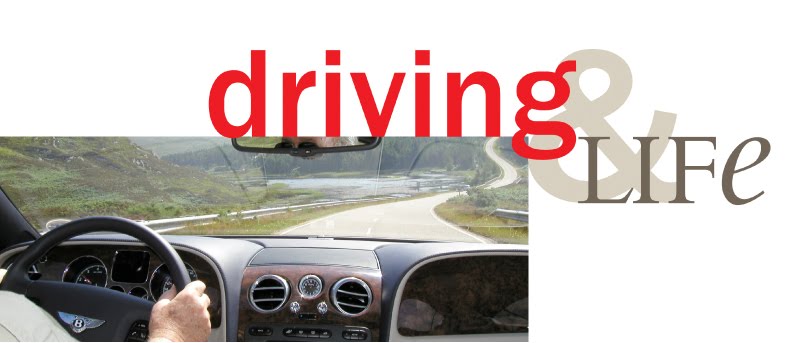Ken Tubman was two things, for sure. A chemist, and the winner of Australia’s first Round Australia trial.
 |
| Sydney Showground 1953 (Ken, right) |
On first meeting you would wonder where this quiet, unassuming pharmacist was hiding the demon within, who drove the 10, 500 kilometres of the 1953 Redex Round Australia Trial, and won it on corrected times by 25 seconds!
His stock-standard Peugeot 203 was considered by most ‘experts’ at the time to be too flimsy, untested and unreliable – because, of all things, it was French. After that momentous victory, the distributors sold out two years stock of the 203 in weeks!
I first met Ken via a meeting of our respective car clubs - he came down from Maitland in 1965 for a discussion on preparing for rallies, and I was asked to be his host. I too found it difficult to match his self-effacing behaviour with the tenacity and determination needed to win Australia’s toughest trial.
But, it’s the quiet ones you have to watch. Ken Tubman had a steel core, and throughout his motor sport history, which started when he raced MGs at Mount Druitt, he proved to be a tough competitor.
In 1977 Ken was appointed Grand Marshall of the Singapore Airlines London-To-Sydney Car Rally by our mutual friend, the late Wylton Dickson. I was entered in that event as navigator for Hans Tholstrup, who had chosen a Mini Moke as his rally car.
 |
| Madras, India 1977 |
Because of Wylton’s cavalier style of organizing, there were lots of details about the event, the route, the customs and shipping, which Dickson hadn’t finalized by the time it began in London in August 1977. Many times it was up to Ken to sort out the problems.
In 1981 Leyland Australia took over the importation, assembly and sales of Peugeot cars, and in 1983 to boost the sales we decided to re-run the 1953 event, with Ken Tubman driving a then-current Peugeot 505 STi. He was accompanied by a string of journalists who travelled with him for stints up to 48 hours, and there was a film crew along to make a documentary, which we planned to present to Automobiles Peugeot.
 |
| Devil's Marbles 1983 |
Many parts of the 1953 route had been by-passed by modern highways, but Ken remembered the old route, and would lead the crew down dusty tracks to find the original road.
Ken, then 67, sailed through the re-run, taking the whole thing in his stride. However, the highlight came a year later, when in October 1984 I took him to Paris, ostensibly for the Paris Motor Show and the launch of a new Peugeot model, then surprised him with a private meeting and lunch with Peugeot Chairman Roland Peugeot, and his son, Eric.
 |
| Office of m. R. Peugeot, Paris 1984 |
I brought along a videotape of the finished film, which Ken presented to m. Peugeot and despite the language difficulties we had no trouble making lunch a four hour affair!
After I moved to the USA in 1991 we lost touch, but he was a great friend and excellent company. We sampled many glasses of good French red wine over the years, and I loved hearing his racing tales from Mount Druitt.







































